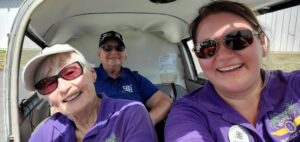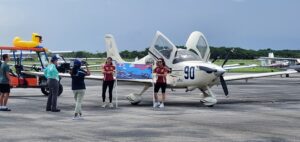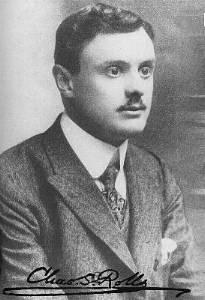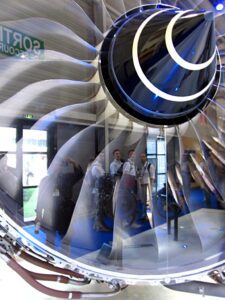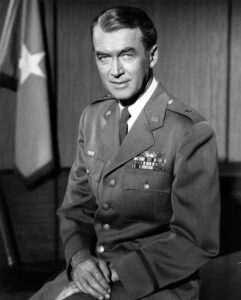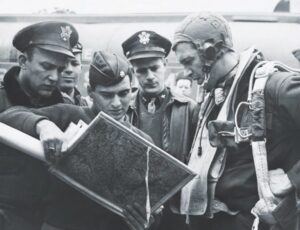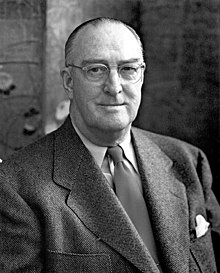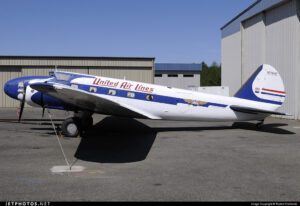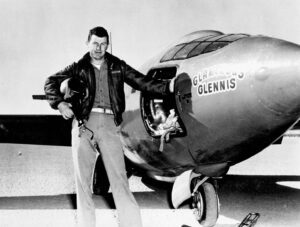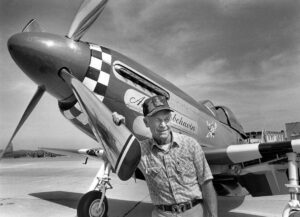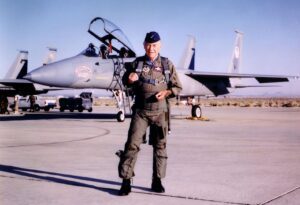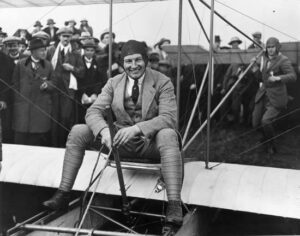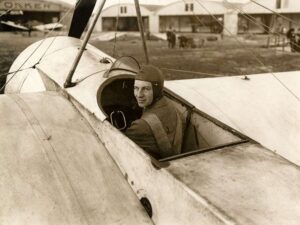Welcome to Emptylegs.net, where luxury meets convenience in the world of private jet travel. As we delve into the vibrant events of the 2nd quarter of 2024, we invite you to indulge in a journey like no other, with a curated selection of exclusive experiences tailored to elevate your travel to new heights. Here we list the complete calendar of Q2 events for your perusal, but you can also go to the events tab for more info and event links. Enjoy !!!!

Coachella Music Festival, April 19-21: Dive into the vibrant world of music and arts at the Coachella Music Festival in Indio, California. With its diverse lineup of musical genres and eclectic atmosphere, Coachella promises an unforgettable experience for music enthusiasts worldwide. Embark on a private jet journey with Emptylegs.net to immerse yourself in this cultural phenomenon and revel in the magic of live performances under the desert sky.
New Orleans Jazz & Heritage Festival (Jazz Fest), April 25-May 5: Celebrate the rich musical heritage of New Orleans at the Jazz Fest, an annual extravaganza of jazz, blues, gospel, and more. With its vibrant atmosphere and diverse lineup of artists, Jazz Fest offers a cultural experience like no other. Let Emptylegs.net be your gateway to this iconic event as you explore the soulful rhythms and vibrant traditions of the Big Easy.
Miami Grand Prix, May 3-5: Feel the adrenaline rush of Formula One racing at the Miami Grand Prix, set to thrill spectators with its high-speed action on the streets of Miami Gardens. With its meticulously designed circuit and prestigious lineup of drivers, the Miami Grand Prix promises an electrifying spectacle for motorsport enthusiasts. Experience the excitement firsthand with Emptylegs.net as you jet off to witness this exhilarating race in style.
Kentucky Derby, May 4: Step into the world of equestrian elegance at the Kentucky Derby, where tradition meets pageantry in the heart of Louisville, Kentucky. As the first race in the Triple Crown series, the Kentucky Derby captivates audiences with its thrilling competition and timeless charm. Let Emptylegs.net whisk you away to this iconic event as you savor the excitement of “the most exciting two minutes in sports.”
Electric Daisy Carnival (EDC), May 17-19: Immerse yourself in the pulsating beats and vibrant energy of the Electric Daisy Carnival, one of the largest EDM festivals in the world. With its stunning visuals and diverse lineup of artists, EDC promises an electrifying experience for music lovers and festival-goers alike. Join the celebration with Emptylegs.net and embark on a private jet journey to the heart of this immersive cultural phenomenon.
Preakness Stakes, May 18: Witness the thrill of horse racing at the Preakness Stakes, the second leg of the Triple Crown, held at Pimlico Race Course in Baltimore, Maryland. With its storied history and festive atmosphere, the Preakness Stakes captivates audiences with its display of speed, skill, and tradition. Let Emptylegs.net be your ticket to this prestigious event as you cheer on the contenders in style.
Monaco Grand Prix, May 24-26: Experience the glamour and excitement of the Monaco Grand Prix, a legendary race held on the streets of Monte Carlo. With its iconic setting and challenging course, the Monaco Grand Prix attracts racing enthusiasts and celebrities alike. Let Emptylegs.net transport you to the heart of this prestigious event as you witness the pinnacle of motorsport in luxury and style.
Hyundai Miami Beach Air Show, May 25-26: Prepare for a breathtaking showcase of aerial prowess at the Hyundai Miami Beach Air Show, an extraordinary event featuring dazzling air demonstrations and water-based activities. With its thrilling performances and stunning backdrop, the Miami Beach Air Show promises an unforgettable experience for spectators of all ages. Join the excitement with Emptylegs.net and soar into the skies for a weekend of exhilarating entertainment.
European Business Aviation Convention & Exhibition (EBACE), May 28-30: Connect with leaders in the business aviation industry at EBACE, an annual gathering in Geneva, Switzerland. Explore the latest innovations and trends in business aviation while networking with industry peers from around the world. Join the conversation with Emptylegs.net as you jet off to Geneva for this premier event in the aviation calendar.
French Open (Roland Garros), May 20-Jun 9: Experience the intensity and grace of tennis at the French Open, also known as Roland Garros, held annually in Paris, France. As one of the four Grand Slam tournaments, Roland Garros captivates audiences with its unique clay court surface and challenging gameplay. With Emptylegs.net, jet off to Paris and witness the world’s top players battle it out for tennis glory amidst the historic backdrop of the Stade Roland Garros.
Tribeca Film Festival, Jun 5-16: Celebrate the art of cinema at the Tribeca Film Festival, an annual event in New York City showcasing a diverse selection of films from around the world. Founded in response to the September 11 attacks, the festival offers a platform for independent filmmakers to showcase their work and engage with audiences. Let Emptylegs.net be your ticket to this cultural extravaganza as you immerse yourself in the magic of storytelling on the silver screen.
Belmont Stakes, Jun 8: Experience the excitement of horse racing at the Belmont Stakes, the thrilling conclusion to the Triple Crown held in Elmont, New York. With its rich history and prestigious pedigree, the Belmont Stakes promises an electrifying day of racing action and social festivities. Join the tradition with Emptylegs.net as you don your finest attire and witness the crowning glory of the racing season.
Art Basel Jun 13-16: Explore the cutting-edge world of contemporary art at Art Basel, an international art fair held in Basel, Switzerland. Showcasing works from leading galleries and artists, Art Basel offers a glimpse into the forefront of artistic innovation. With Emptylegs.net, jet off to Basel and immerse yourself in the vibrant creativity of the global art scene.
US Open Golf, Jun 13-16: Tee off at the US Open Golf tournament, one of the most prestigious events in men’s golf held at various courses across the United States. With its challenging course setups and storied history, the US Open promises an unparalleled test of skill and endurance for golfers of all levels. Let Emptylegs.net take you on a golfing journey like no other as you experience the thrill of championship play firsthand.

Air Race Classic, Jun 18-21: Soar through the skies with the Air Race Classic, an annual cross-country airplane race showcasing the talent and determination of women pilots. From its humble beginnings in 1929 to its status as a prestigious aviation competition, the Air Race Classic continues to inspire and empower women in aviation. Join the adventure with Emptylegs.net as you witness the excitement of aerial competition and support the next generation of aviation pioneers.
Spanish Grand Prix, Jun 21-23: Feel the thrill of Formula One racing at the Spanish Grand Prix, an annual event held at the Circuit de Barcelona-Catalunya in Spain. With its fast and challenging layout, the Circuit de Barcelona-Catalunya promises heart-pounding action for racing enthusiasts. Join the excitement with Emptylegs.net as you jet off to Barcelona for a weekend of high-speed thrills and unforgettable moments.
At Emptylegs.net, we invite you to embark on a journey of luxury and adventure as you explore the world’s most exclusive events in the 2nd quarter of 2024. With our seamless private jet travel services, your next unforgettable experience awaits. Book your flight today and elevate your travel with Emptylegs.net. Until next post remember to Be Social, Fly Private!
Check Flight Availability
Follow us on Instagram
Follow us on LinkedIn
